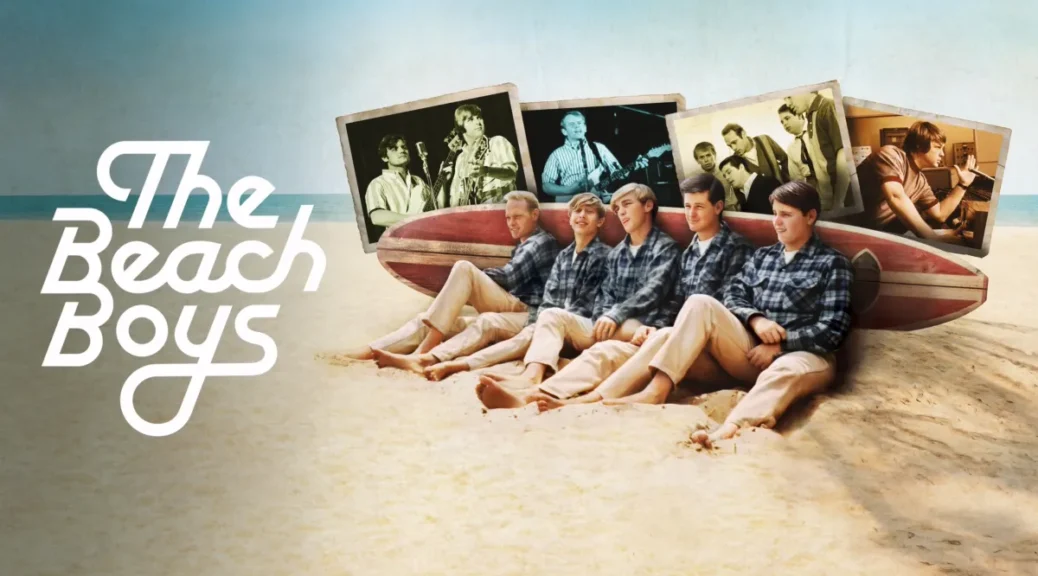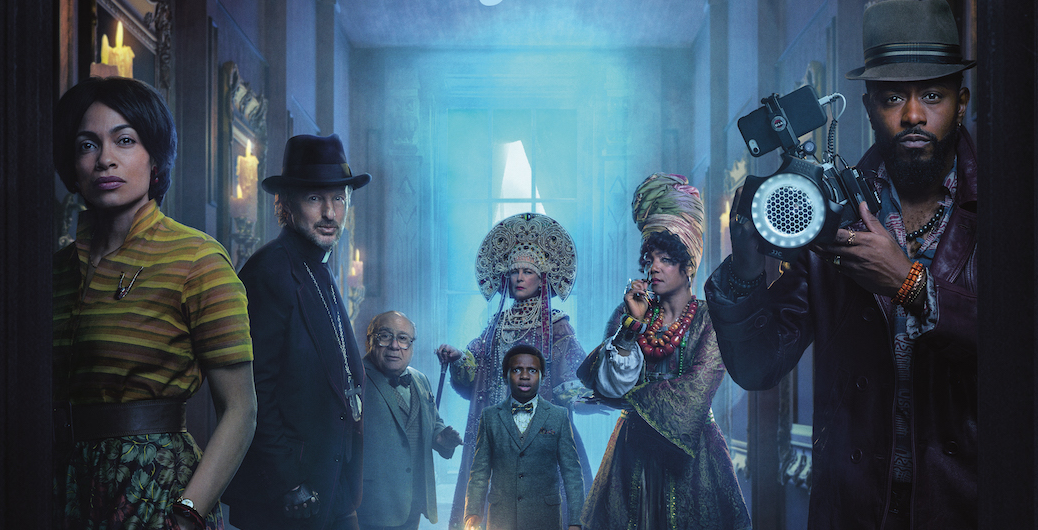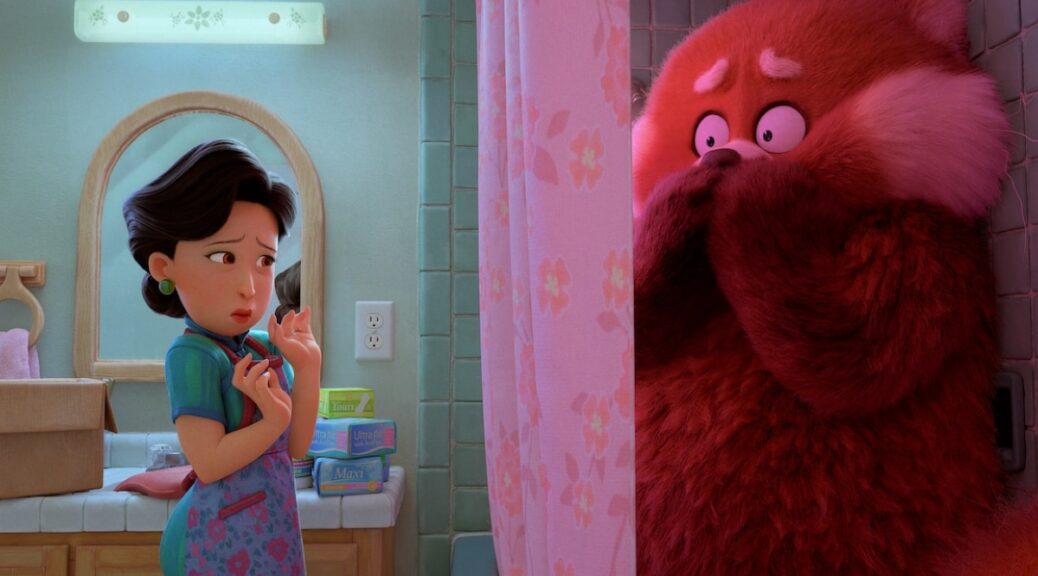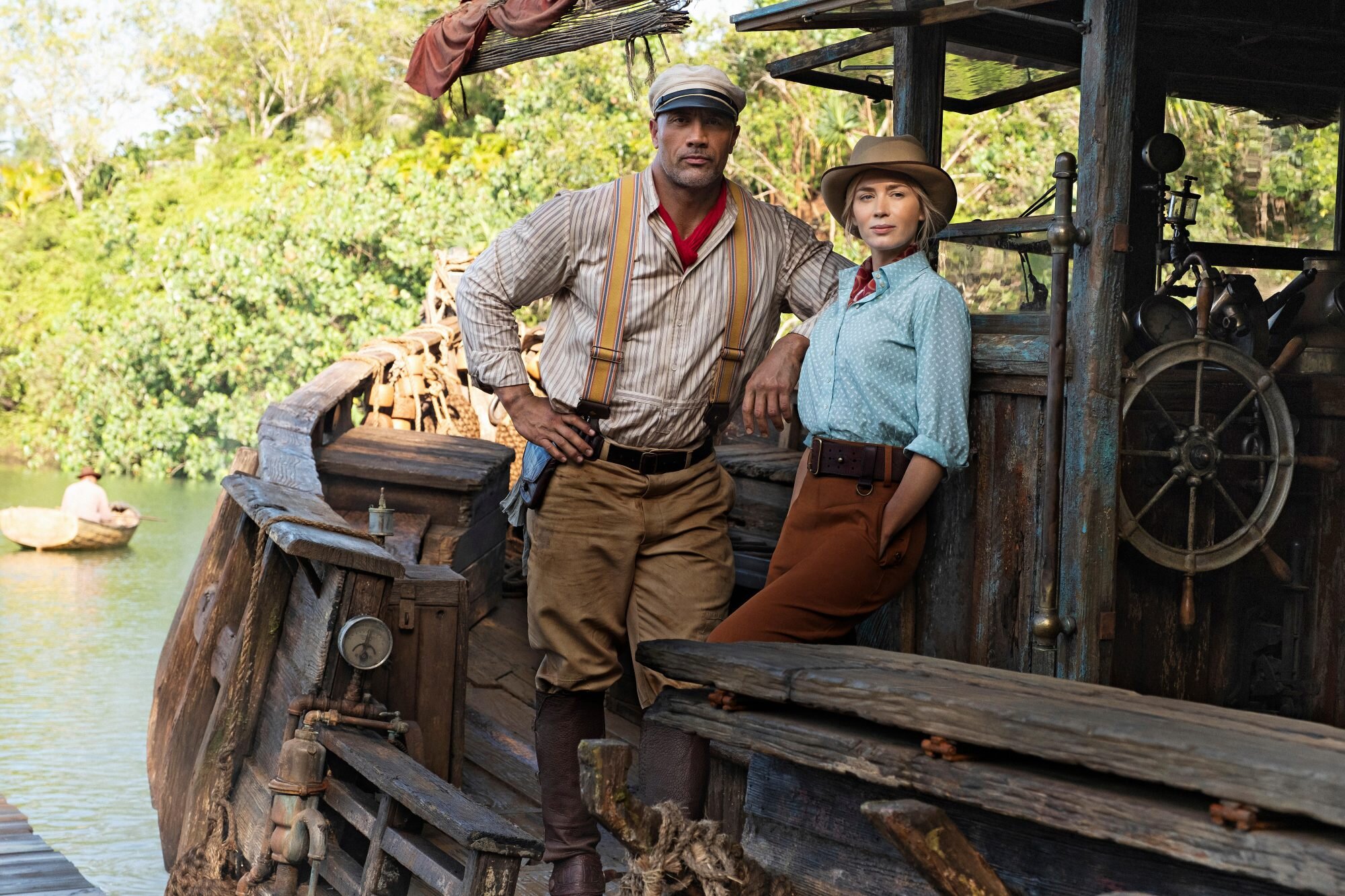Inside Out 2
by George Wolf
It’s been nine years since Pixar’s Inside Out took us on that wonderful ride through a young girl’s feelings. Almost a decade, and I’m still not over what happened to Bing Bong.
Revisiting Riley (voiced by Kensington Tallman) when she hits her teen years seems like a natural exercise. And beyond that, Inside Out 2 delivers enough warmth, humor and insight to make the sequel feel downright necessary.
Riley’s now turning 13, and all seems status quo. Joy (Amy Poehler) keeps the reins on Anger (Lewis Black), Fear (Tony Hale), Sadness (Phyllis Smith) and Disgust (Liza Lapira) as Riley gets set to head to the Bay Area hockey skills camp.
Then, overnight, the puberty alarm goes off. Oh Lord.
Director Kelsey Mann and writers Meg LeFauve (returning from part one) and Dave Holstein unleash this emotional onslaught with a mix of laughs and empathy that sets the perfect catalyst for another winning Pixar trip into a secret world.
And this world is more chaotic than ever. Anxiety (Maya Hawke) turns up with a plan to take over, leaning on Envy (Ayo Edebiri), Embarrassment (Paul Walter Hauser) and Ennui aka Boredom (Adèle Exarchopoulos) to steer Riley away from who she is and toward “who she needs to be”.
Will Riley abandon her BFF teammates Bree (Sumayyah Nuriddin-Green) and Grace (Grace Lu) to cozy up to star player Val (Lilimar) and the other older girls? Will Riley’s belief that “I’m a good person” crumble under doubt and desperation?
In his feature debut, Mann proves adept at showcasing what Pixar does best: meaningful stories for kids that are also emotional for parents. From the demo crew that arrives with puberty to the “sar-chasm”, this is another very clever romp through all that builds the sense of self. The film’s battle between joy and anxiety is relatable for all generations, and it’s filled with levels of creativity, humor, and visual flair that are undeniably fun.
And while it may not be Toy Story 4 funny, it is funny, especially when a leftover memory from Riley’s favorite kiddie show turns up to help our heroes out of “suppressed emotions” exile. His name is Pouchy (SNL’s James Austin Johnson). He’s a pouch. He’s hilarious. Trust me on this.
Could we now be moving closer to a Disney-fied treatment of Paul Almond’s Up series? Well, June Squibb’s charming cameo as Nostalgia just might be a peek at things to come. Either way, Inside Out 2 is a completely entertaining two-hour guide toward understanding – or appreciating – the messy emotions of growing up.












